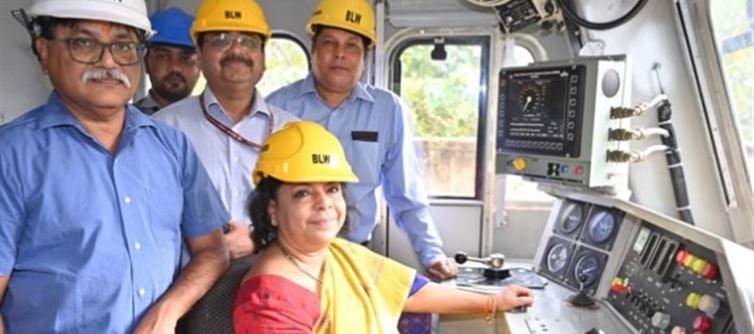
Indian Railways Accelerates Kavach Project for Nationwide rail Safety
Project Overview
Kavach Project: Indigenous Automatic train Protection (ATP) system designed to prevent rail accidents.
Objective: Install Kavach across 78,000 km of railway track and 18,000 locomotives in India.
Revised Timeline: Target completion reduced from 2035 to 5 years.
Total Estimated Market Value: Approximately ₹45,000 crore.
Recent Developments
Trial Order: Concorde Control Systems Limited received a field trial order for a 53-km route on the South Central Railway.
Purpose: System automatically applies brakes if a train exceeds the speed limit due to human error.
Technical Approval: Concorde can now participate in Kavach tenders from various railway zones.

Trial Details:
Duration: 5,000 loco-kilometer trials on a 53-km stretch.
Timeline: Could be completed in 31 days (best case) or within a few months.
Government Focus on rail Safety
The government has accelerated deployment following recent train accidents.
The initiative aims to modernize safety systems and reduce human dependency in train operations.
Enhanced Monitoring: Ministry of Railways actively overseeing progress and compliance.
Industry Expansion and Partnerships
Company Growth: Concorde recently acquired Fusion Electronics to strengthen its railway technology portfolio.
Need for Collaboration: Large-scale installation requires multiple companies to meet the ambitious target.
Interoperability: Kavach’s architecture allows integration across systems developed by different vendors.
Vision: A unified, interoperable national safety network ensuring smooth, coordinated operations.
Future Prospects
With industry collaboration, technological expansion, and faster execution, india aims to achieve nationwide Kavach deployment within five years.
The project marks a major milestone toward making indian Railways safer, smarter, and self-reliant.
Disclaimer:
The information contained in this article is for general informational purposes only. While we strive to ensure accuracy, we make no warranties or representations of any kind, express or implied, about the completeness, accuracy, reliability, suitability, or availability of the content. Any reliance you place on the information is strictly at your own risk. The views, opinions, or claims expressed in this article are those of the author and do not necessarily reflect the official policy or position of any organization mentioned. We disclaim any liability for any loss or damage arising directly or indirectly from the use of this article.




 click and follow Indiaherald WhatsApp channel
click and follow Indiaherald WhatsApp channel